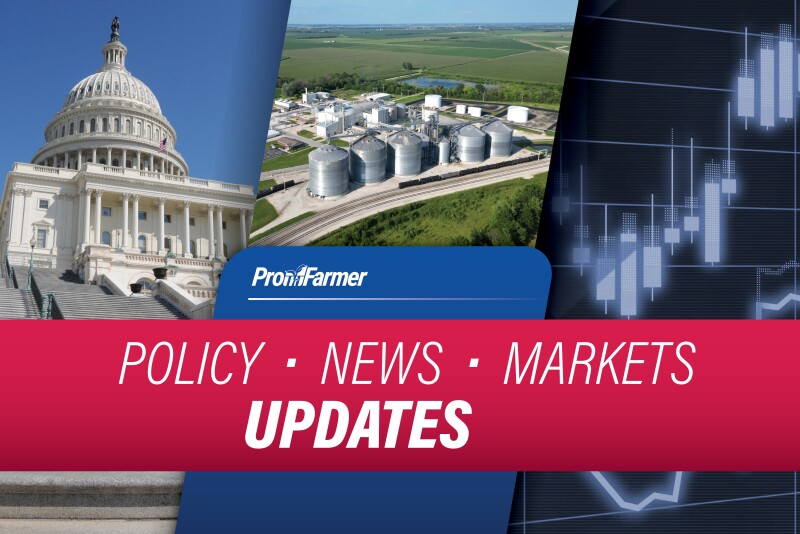China steps in with big U.S. soybean buy for winter shipments (Reuters): China has purchased at least 14 cargoes of U.S. soybeans for shipment in December and January—around 840,000 metric tons—marking its largest single buying round of U.S. beans since at least January and a significant push following the recent summit between Donald Trump and Xi Jinping. The buying is seen by traders as a demonstration of China’s commitment to the trade pledges made in Busan, rather than just a goodwill gesture.
Despite sourcing from the U.S., Chinese buyers paid notably higher premiums than for Brazilian soybeans — roughly US $2.35–2.40 per bushel above the January Chicago contract for Gulf shipments, compared with about US $1.25 by comparison for Brazilian offers. The higher U.S. price highlights that the decision was driven more by fulfillment of trade commitments than by cost-efficiency. Meanwhile, the purchases sparked a near 3 % rally in soy futures and raised cash premiums at U.S. export terminals.
Shutdown leaves deep cracks in U.S. food system — and they’re just beginning to widen (Grist): The recent federal government shutdown — the longest in U.S. history — has exposed and accelerated serious weaknesses in America’s food system. With federal agencies like the United States Department of Agriculture (USDA) and Food and Drug Administration (FDA) scaling back operations, ongoing work in agricultural research, inspections, crop-payments and insurance programs has stalled. For example, analysts warn that the interruption of services has diminished oversight, eroded market transparency, and increased vulnerability to climate or disease shocks.
Meanwhile, farmers and food businesses are already feeling the strain. One USDA scientist described losing six weeks of lab progress, and staffing cuts—roughly one–fifth of USDA’s workforce this year—are deepening concerns that U.S. agricultural research leadership may slip. At the same time, disruptions to food‐benefit programs and inspection backlogs risk worsening food insecurity, altering who eats what and where that food comes from. The article argues these are not short-term hiccups but structural shifts that will influence production decisions, supply chains, and consumer access for years to come.

